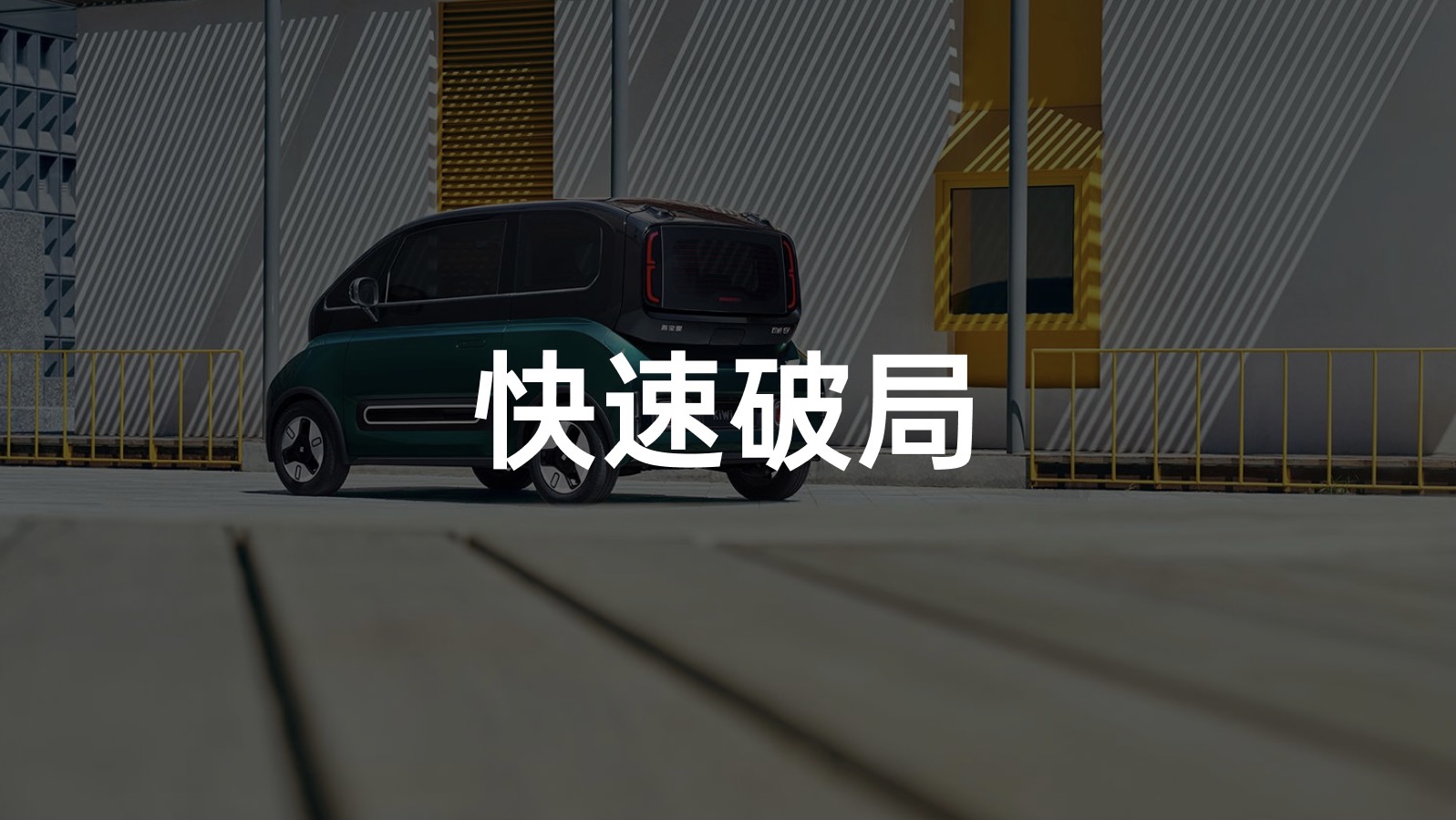In the context of the rapid development of new energy vehicles in China, small new energy vehicles have achieved rapid breakthroughs. As a unicorn in the market of small and micro electric vehicles, the Wuling Hongguang MINIEV has achieved sales of 302,000 units in the past 12 months, which is more than the total sales of any new energy vehicle enterprise in the past 12 months, including Tesla and BYD. Such data has also reignited the hopes of many other competitors in the Chinese small and micro electric vehicle market. Therefore, we can see that pure electric A00-level products have sprung up like mushrooms in this year. In this month’s pure electric vehicle sales ranking, half of the top 20 are small new energy vehicles from various manufacturers.
In fact, the market development of small and micro pure electric vehicles is different from that of other pure electric vehicles. Compact and above models are already sufficient as the main models in most people’s vehicle usage scenarios. Consumers have greater mileage and more long-distance travel demand for these models, so from the perspective of usage scenarios and demand, range anxiety of pure electric vehicles prevents them from replacing fuel vehicles in these markets.
When it comes to the small and micro vehicle market, this situation has changed. The original usage scenario of small and micro fuel vehicles for consumers is urban flexible commuting, requiring small, flexible, easy parking, and low purchase and usage costs. As a model itself positioned for small urban commutes, the impact of range on consumers is much smaller.
Small and micro electric vehicles have substantially upgraded the usage experience compared to fuel vehicles, and with the gradual decrease in the cost of main electric vehicle components such as batteries, small and micro electric vehicles can also compete with or even have a lower price than the same level fuel vehicles. And another crucial issue is the new energy license plate, which is an absolute advantage that small and micro electric vehicles cannot ignore compared to the same level fuel vehicles in cities with license plate restrictions and traffic restrictions. For small cars driven only for commuting purposes, a range of around 300 km is completely sufficient. Nowadays, this type of pure electric small car has completely had the strength to replace existing fuel vehicle products and instead put forward higher requirements for quality.
Continuation and Upward Expansion
Thanks to the mythical sales volume of Wuling Hongguang MINI EV, SAIC-GM-Wuling’s GSEV platform has accumulated sales of 500,000 units, including Hongguang MINI EV, Baojun E100, E200, E300, and other products. Wuling’s goal is to become one of the leaders in new energy, and the GSEV platform will continue to be a hot topic for Wuling.Recently, as the iteration of the Baojun E300 series, the Baojun KiWi EV was officially launched, divided into two models: designer and artist, with prices ranging from 69,800 to 78,800 yuan. As a supplement to SAIC-GM-Wuling’s microcar market, the KiWi EV has taken a different path from the Wuling Hongguang MINI EV. Previously, the annual sales volume of E300 was only 11,000 units, which may not even reach the monthly sales volume of Hongguang MINI. However, we can see that in the top 10 cities with the best sales for these two cars, 8 cities overlap. It is not difficult to find out that the Baojun E300 is a higher-priced A00-level supplement, and the configuration adjustments made by KiWi EV are also a stronger market strategy.
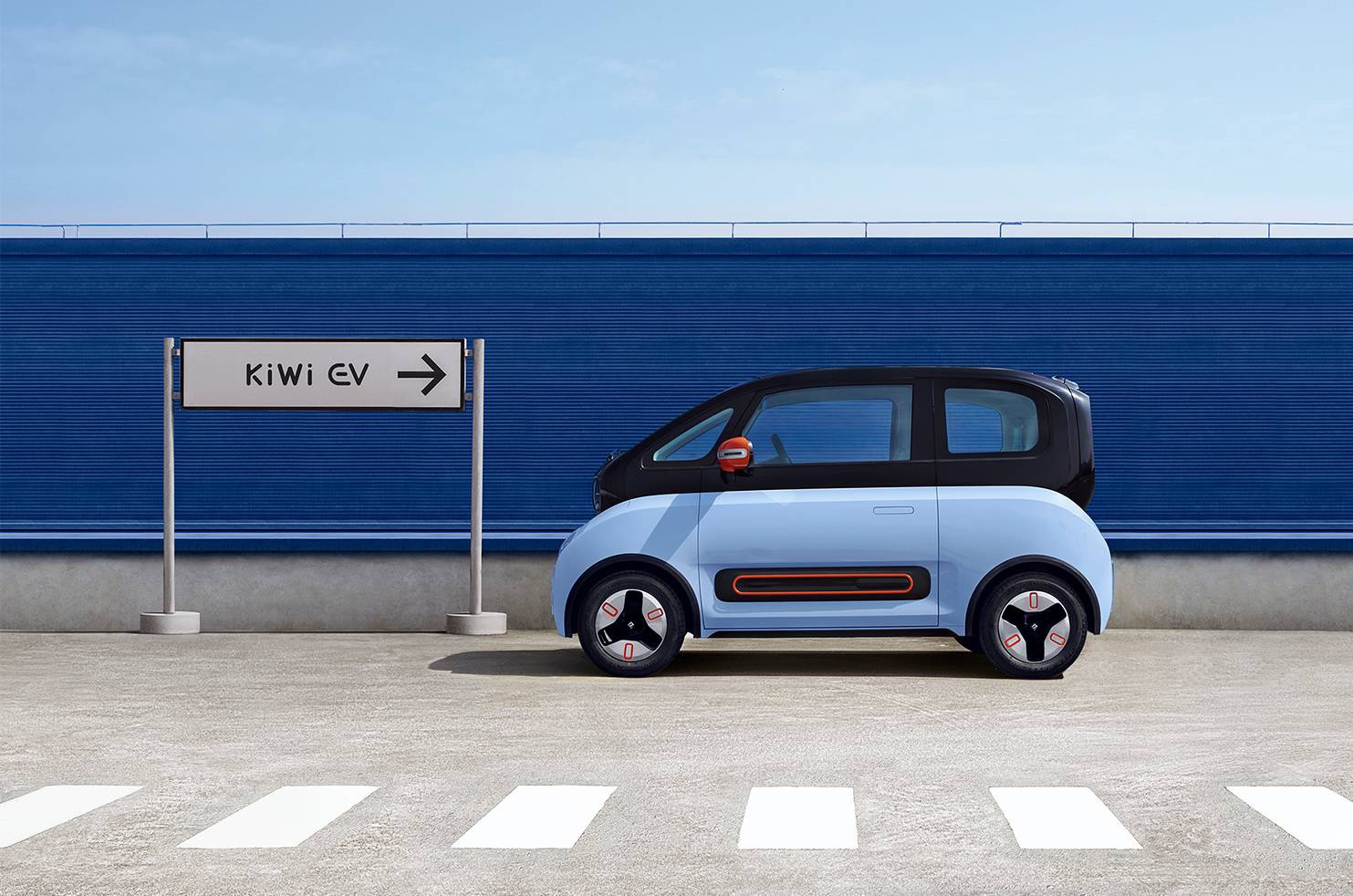
Behind the expansion is strategic targeting.
It is inevitable to be questioned why customers should pay twice or even more for a pure electric microcar, when the price is escalated. At present, the pure electric microcar market has shown a pyramid shape: the top of the pyramid is the number of people who buy high-priced pure electric microcars, and the bottom of the pyramid is the number of people who buy low-priced pure electric microcars. Obviously, most people tend to buy products that are more cost-effective. For A00-level pure electric cars with not so significant product differentiation, the focus for manufacturers is to plan whether or not there are features that prompt users to spend money on head products.
In terms of product performance, KiWi priced twice as high as Hongguang MINI can reach an NEDC range of 305 km. This is also a basic range among the 70,000-yuan pure electric microcars market. Compared with the Hongguang MINI, the KiWi can better meet users’ daily needs, after all, most users buy a Hongguang MINI based on its price. However, compared with the competitors in the market at the same price, KiWi’s range is not superior, because most competitors are generally around 350 km to 400 km. For this type of high-quality pure electric microcar, the demand for quality is much greater than for range. Product differentiation competition is what we should focus on.
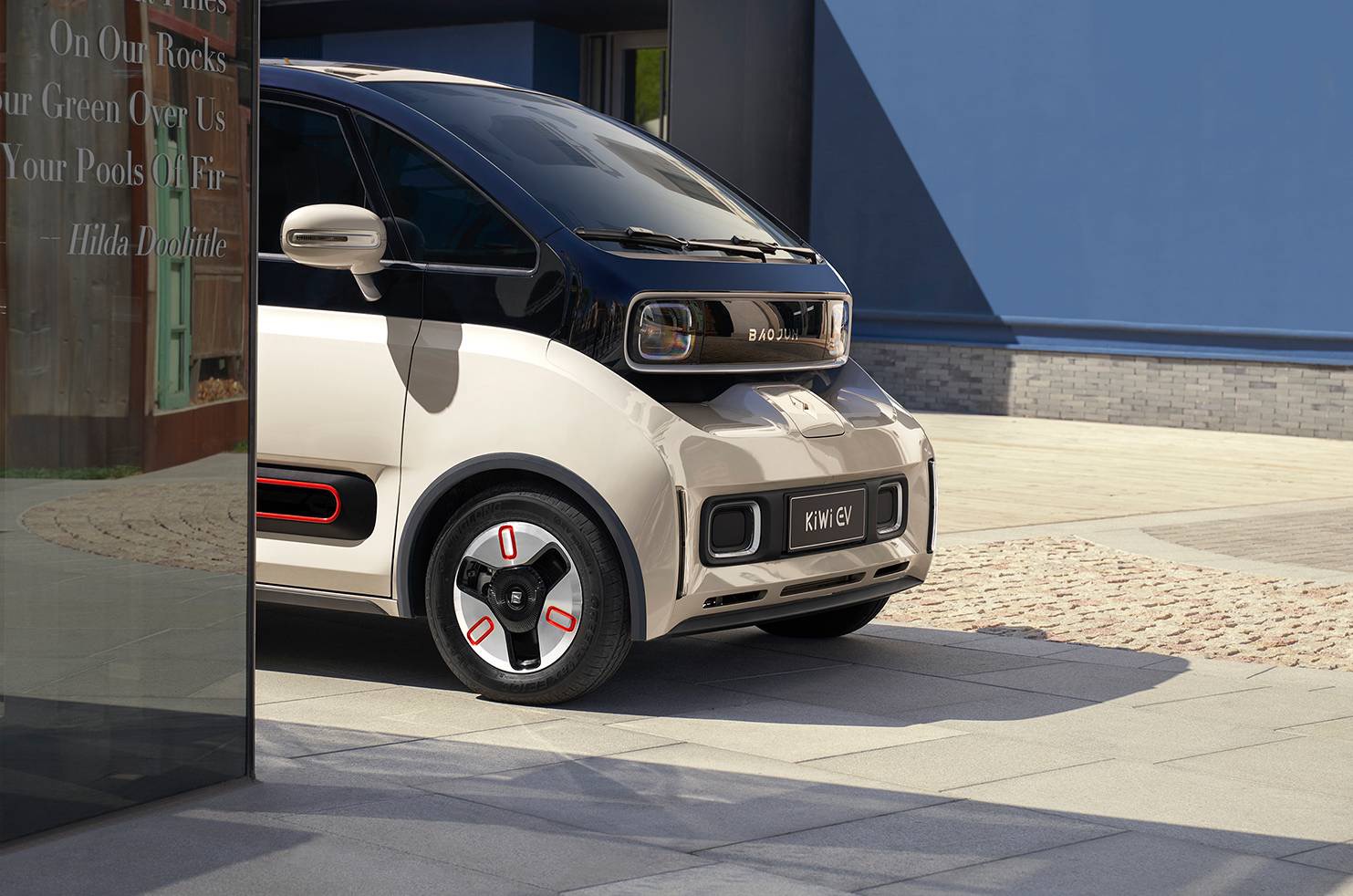
Take a look at KiWi EV.# This Year’s Trend: Personalization and Diversification of A00 Pure Electric Vehicles
With the gradual increase of the penetration rate of new energy vehicles, major manufacturers are trying to plan their product lines as much as possible, among which user demand has become a crucial step. After experiencing a reshuffle and the trend of national subsidies fading away last year, the pure electric microcar market has already eliminated products such as Zhi Dou, BAIC LITE, and Zotye. The current surviving products have figured out the demands of the market and constantly update themselves.
Currently, micro and small-sized new energy vehicles not only fulfill the needs for transportation but also need to have safety, comfort, and individual expression. These cars are gradually turning into fashionable items like watches and handbags, which reflect the attitude and fashion pursuit of urbanites towards life.
According to the market research conducted by SAIC-GM-Wuling, female car owners account for 59% of KiWi’s orders, those with a bachelor’s degree or above account for 70%, post-85’s account for 75%, and the proportion of additional purchases accounts for 77%. In fact, it’s not only KiWi, but the entire A00-level pure electric car model has very similar user portraits. So the label of “old man’s joy” on these cars should also gradually be removed because the old men simply do not purchase these types of cars.
Coincidentally, all manufacturers are developing products in strange and cute directions. Among them, the efforts made in color matching are obvious. The new macaron color added to Wuling Hong Guang MINI EV, the orange, pink, and green added to Leapmotor T03, and the Morandi color series added to Ora Black Cat have all abandoned the previous light color that represents pure electric and new energy in accordance with the market. Personalized appearance and personalized car paint can often expand the user base. KiWi EV has also expanded its user base through six new color schemes. However, KiWi EV’s sci-fi appearance differs significantly from that of its peers, which feature cute design, and it is clear that males will be more biased towards this type of appearance. At the same time, KiWi EV has rear-wheel drive structure, front and rear independent suspension, and an optional advanced driving assistance system under a futuristic car shell, which is not available in cars of the same level.
The length, width, and height of the Baojun KiWi EV are 2,894 * 1,655 * 1,595 mm. From the perspective of vehicle size, the Baojun KiWi EV is a modified version of the Baojun E300 Plus, and the previous three-seat E300 with a slightly shorter wheelbase has officially bid farewell to the market. According to the official understanding of the situation, KiWi EV is further streamlining the product line to enhance the diversified quality demand of the small car market, and the 4-seat car model with larger space is indeed more practical than the 3-seat model.
The 70,000 to 80,000 yuan range of micro pure electric car models is currently the price ceiling of this level. However, this type of car can provide users with a longer cruising range and more personalized choices. Even as a means of transportation, it should have a more delicate user experience.
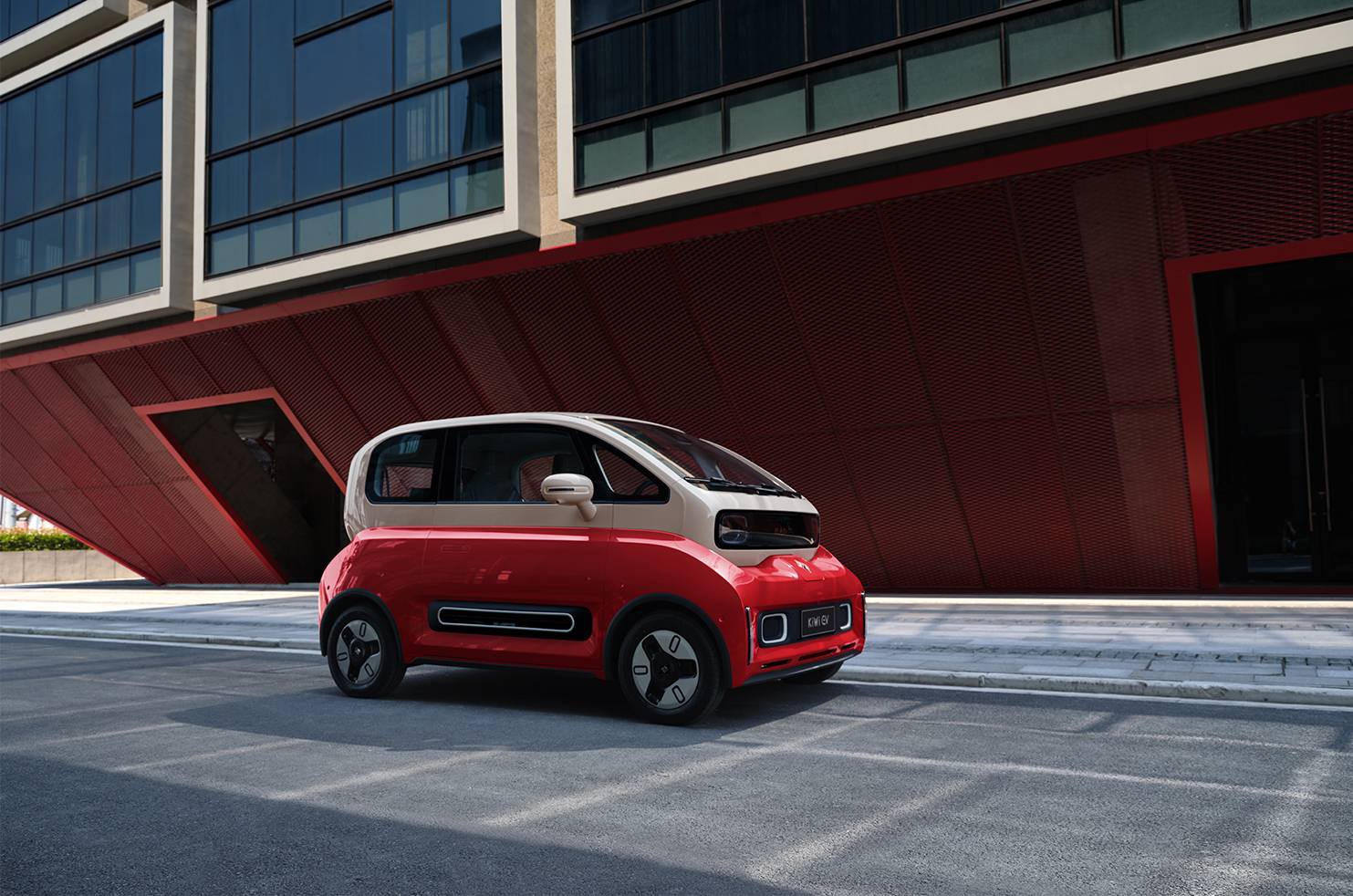
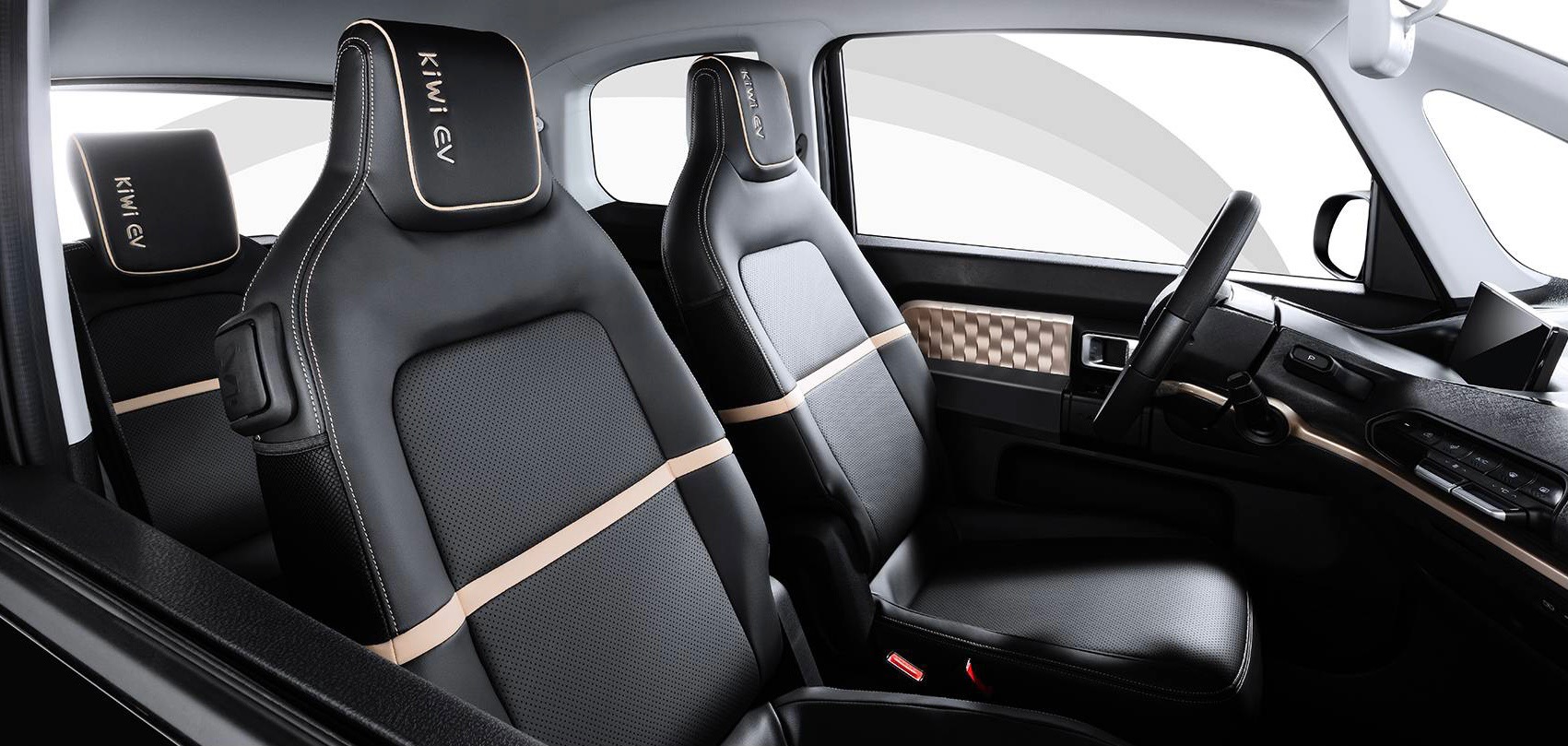
Conclusion
The success of A00 pure electric vehicles in the Chinese market is obvious to all. Currently, this level of small car still has a lot of potential to be tapped. From the market perspective, the status and positioning of A00 pure electric products have not yet been fully determined. In fact, they are still low-cost transportation products. What we can see is that products at this level have gone from high prices to low prices, and have already replaced elderly mobility vehicles and same-level fuel vehicles. Major manufacturers are targeting young, individualistic, low-cost transportation to develop products. In the future, there will be more branches of this level of vehicle type to further expand and refine the market.
From the user’s perspective, the success of the Wuling Hong Guang MINI EV lies in meeting the needs of users. The Wuling Hong Guang brand has already made a solid foundation in second-, third-, and fourth-tier cities in China. As Wuling Hong Guang promotes new energy vehicles in rural areas, users who need low-cost transportation will undoubtedly choose the Wuling Hong Guang MINI EV. At the same time, there are also first-tier cities where users have a demand for small cars. Mercedes-Benz’s smart and BMW’s MINI often represent the petty bourgeois lifestyle in the city, and users are also willing to pay for such small, stylish models. With the development of China’s new energy vehicles, the brand effect has gradually weakened when buying a car. At this time, personalized A00 pure electric products in the RMB 60,000 to 80,000 range have lowered the threshold for the petty bourgeoisie and also distinguished products like the Wuling Hong Guang MINI EV.
In Japan, K-Cars that receive various government subsidies are very popular among the public, accounting for about 38% of the total number of cars owned in the country. K-Cars are also characterized as easy to drive, practical, and cost-efficient. Although the situation in China is different, we also can see that the small car market is growing rapidly. In China, subsidies for new energy vehicles are based on the range of endurance. Once the range of endurance reaches 400 km, the maximum subsidy can be obtained. For low-cost and low-price pure electric microcars, the discount rate is higher than that of higher-level vehicles. With the expansion of niche markets, A00 pure electric products will have greater market potential, and will also further improve the penetration rate of pure electric vehicles in China.
This article is a translation by ChatGPT of a Chinese report from 42HOW. If you have any questions about it, please email bd@42how.com.
